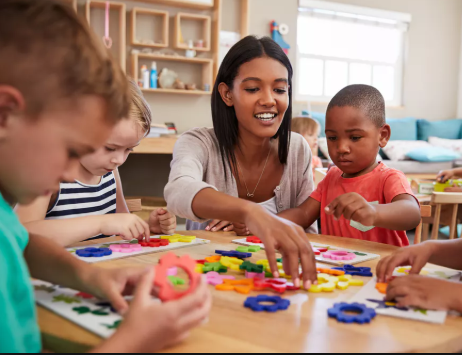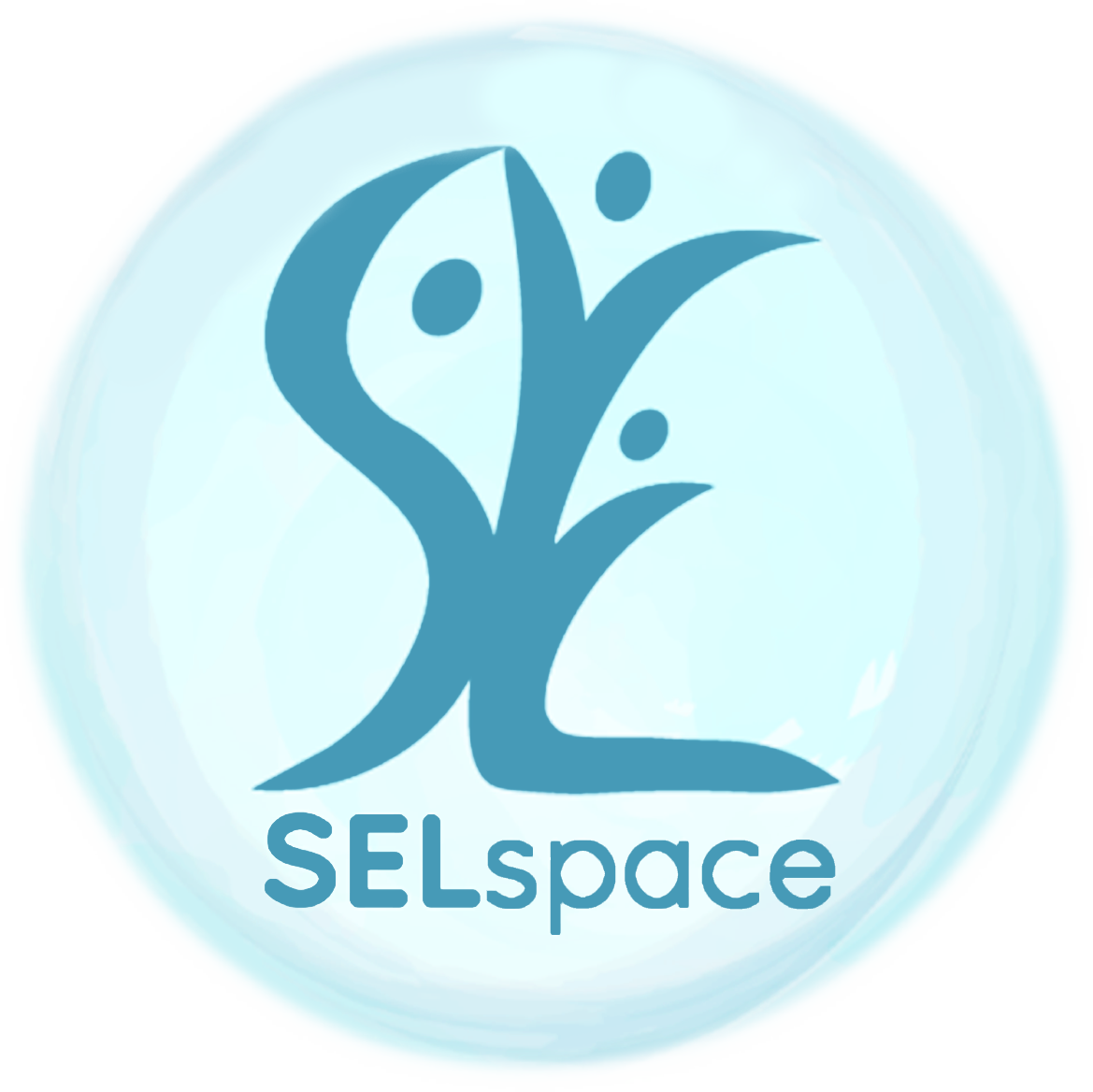ML stands for Multilingual Learners
When we have Multilingual Learners (MLs) in our classroom, it is important not only to know their English language proficiency, but also to learn about their prior academic experiences (or lack thereof), cultural and religious traditions, hobbies, personality, family circumstances, and background info about their home community or native country.
This can inform instructional decisions in the classroom. Gathering this information not only opens the doors to better meeting the student’s needs and addressing challenges that may arise, but also provides an opportunity to create a welcoming classroom environment, engage the student and family, increase the student’s confidence, and create opportunities for classmates to learn from each other.
Teachers can build upon the student’s strengths and successes, which is particularly important as students are acclimating to a new classroom and potentially a new country and culture. It also has the potential to improve classroom management and teacher interactions with the student as certain behaviours are explained and understood (e.g., not looking a teacher in the eye out of deference and respect).

Some great articles to assist with teaching Multilingual Learners
Many of the ML resources on Edugains have suggestions for teachers and schools.
https://www.edugains.ca/ell/index.html
Guiding Social-Emotional Learning for Multilingual Learners:
Inclusive strategies for building community with MLs are key when considering the social-emotional development of our Multilingual Learners.
Our students come to us from many backgrounds and at various challenging points in their lives. Newcomer students have experienced an enormous transition in order to arrive in your classroom. They likely do not speak the dominant language used in the room, adding another stressor to communication. Including supportive visuals, using the student’s first language, and allowing them to share their personal stories are ways that we support inclusion and help the students see themselves in the classroom.
Considering the Language Development Stage of your ML, incorporating effective visuals, providing accommodations, differentiating, modeling, and continuous practice are all important to your ML’s success.

ML Language Development
Anyone who has been around children who are learning to talk knows that the process happens in stages—first understanding, then one-word utterances, then two-word phrases, and so on. Students learning a second language move through five predictable stages: Preproduction, Early Production, Speech Emergence, Intermediate Fluency, and Advanced Fluency (Krashen & Terrell, 1983). How quickly students progress through the stages depends on many factors, including level of formal education, family background, and length of time spent in the country. It is important that you tie instruction for each student to his or her particular stage of language acquisition.

Visuals
We can support students by giving them the means to communicate. Initially, it is their basic needs (washroom, drinking water, quiet space) but it should grow to encompass their emotional needs as well. As educators, we need to provide the supports in order for these students to demonstrate how they are feeling and to give them the tools to manage their relationships with those around them.

Modeling and Practice
Modelling effective communication and teaching about healthy relationships is important with ELLs. Show students how to use ‘I messages’, give compliments and practice often. Good friends Do, Good Friends Don’t
Practice encompasses practicing positive social-emotional behaviours like showing gratitude and working on conflict resolution through role playing. But it also includes practices such as yoga and mindful moments, such as sit spots.
The CMAS website is a great resource for educators assisting with immigrant and refugee children:

